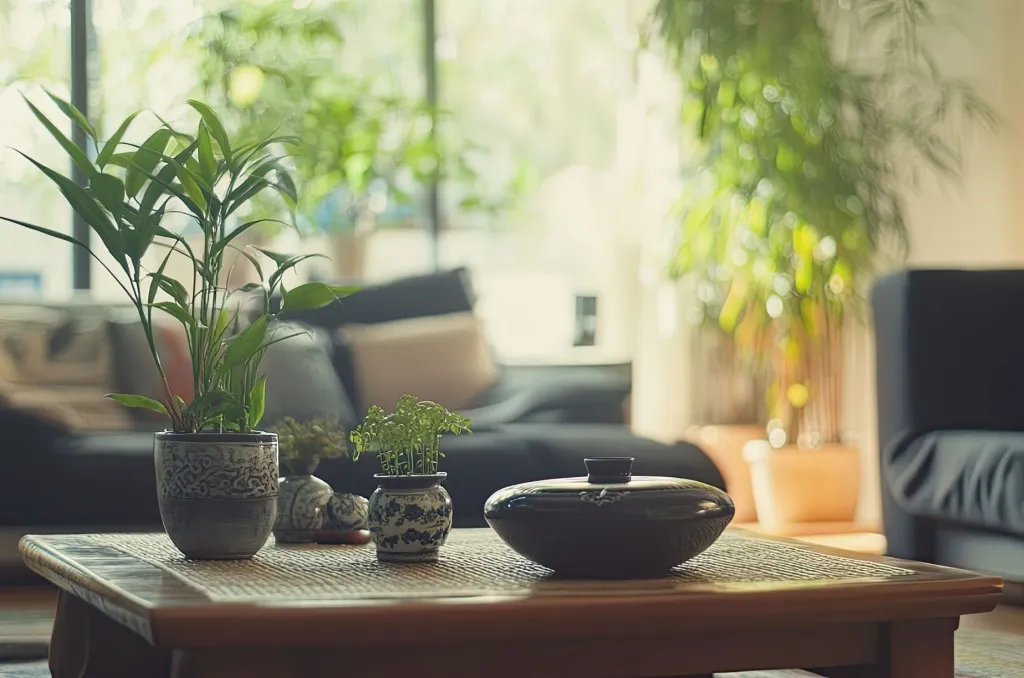Easy ways to save money at home
Saving money for rainy days is something we all do in one way or another, but some of the best money saving hacks are closer than we’d think. Here’s a list.
Watch your electronics—according to the Consumer Technology Association, the typical American household is equipped with 24 consumer electronics. These appliances can easily become energy vampires as they draw energy even in standby mode—on average $100 per year per household. The easiest way to fix this problem is to plug your devices into power strips and switch them off at the end of the day.
Low-flow water faucets—by simply replacing your sink faucets with low-flow models you can cut your water bill by 25 to 60 percent. If you want to, you can save even more water and money by installing low-flow shower heads, too.
Light bulbs need upgrading too—replacing your old light bulbs with some that have earned the ENERGY STAR certification could save up to 80 percent of your electric bill. Yes, it’s true that they cost more than traditional bulbs, but they last three to 25 times longer and use power more efficiently.
Proper sealing—as much as one third of a home’s total heat is lost through drafty windows and doors. EPA estimates that adding proper insulation can save an average of 15 percent on heating and cooling costs. There are several ways to go about it: insulated window shades, weather-strips, plastic film kits, or caulk.
Curtains and blinds can cut cooling costs by 45 percent. Use highly reflective ones during the summer months and window treatments to trap heat in during the cold months. The conventional draperies can reduce heat loss from a warm room up to 10 percent.
Hot water heater needs insulation, too—as do the pipes around it. By doing so, you will be able to trap in up to 40 percent more heat, thus saving as much as 9 percent on your bill.
Bottled water—as you’ve probably noticed, bottled water is one of the biggest money spenders out there. But there are water filters if drinking from the tap is not an option for you and installing one could help you save up to $177 a year.
A programmable thermostat is a very good investment, especially if you’re working long hours or are away from home a lot during the week. The device will allow you to adjust heat and cooling settings according to a pre-set schedule. How much money you’ll save depends on your utility costs, the type of heating or cooling system in your home, as well as the size and average temperature of your place, but on average, you could save $130 to $145 on your utility bills a year.
Renters insurance might sound as adding an extra expense to your already too burdened bank account, but in fact it’s an absolute must. It provides coverage for personal possessions against damage due to fire, smoke, lightning, theft, vandalism, explosion, windstorm, water, and other disasters listed in your policy. The possessions include furniture, clothing, electronics, appliances, kitchen utensils and bed linens. It also offers liability coverage, which protects against lawsuits for bodily injury or property damage caused by you or your family members, as well as no-fault medical coverage in case a visitor is injured on your property. Furthermore, it includes additional living expenses such as hotel bills, restaurant meals and other daily expenses—in case your home becomes uninhabitable due to a covered hazard.




